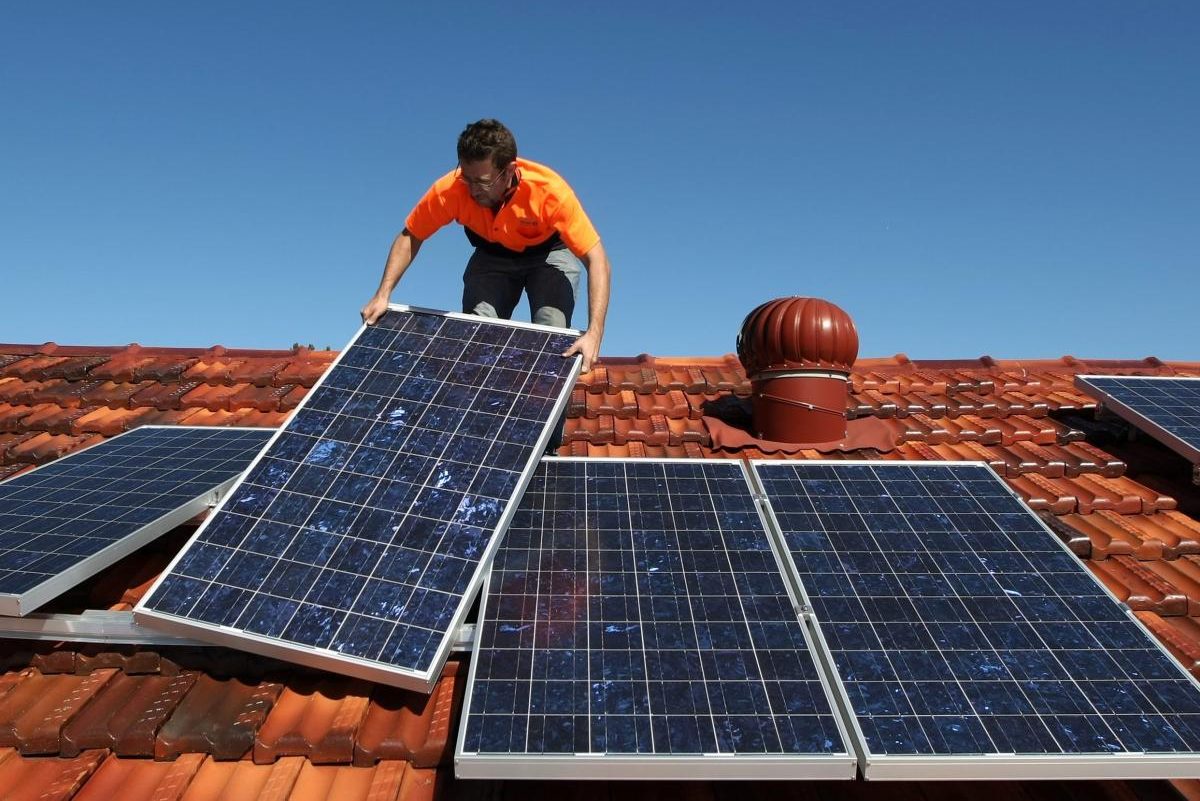The latest Carbon Market Data Report from the Clean Energy Regulator reaffirms what a successful year renewable energy had in Australia in the earlier year. That said, we can look forward to the same, if not better, progress for this coming year.
The Carbon Market Data Report back in December 2020, which was released yesterday, notes that 7 gigawatts of reinforced renewable energy potential were installed across Australia, significantly exceeding the Regulator’s initial estimate of 6.3GW.
The Potential in Small-scale Renewable Solar Energy
Three gigawatts of capacity were installed last year through the Renewable Energy Scheme for Small-scale projects, so congratulations to each of the Australian installers who work on renewable solar systems in 2020.
“Continued lower costs in technology, increased work-from-home arrangements, and a shift in domestic demand toward improvements in the home during the pandemic all contributed significantly to the increase in solar PV roofing systems,” as stated by David Parker, Chair of the Clean Energy Regulator.
That said, over a few hundred thousand small-scaled renewable systems with less than 100 kW in capacity as installed within the country in 2020, a nearly 25% increase over 2019.
Rooftop solar photovoltaic capacity installed in 2020 increased by 40% over 2019 – this doesn’t just mean more projects and energy installations, but larger systems. In the later months of the last year, the installation cost of new photovoltaic and solar power roofing systems, which includes commercial installations, was 8.5kW.
In the later months of last year, rooftop solar PV systems reached an overall capacity of 950MV upon installation, which was a new record and a 27 percent increase over the previous quarter’s high (760MW).
Given the eventual cost of solar energy continuing to decline, the average size of the system should continue to grow, limited only by rooftop space and any restrictions imposed by DNSPs or Distributed Network Service Providers.
The regulator anticipates that between 3 and 4 GW of new photovoltaic solar roofing capacity will be finally built this year. Based on the performance of Q4 2020 and early trends this year, the lower estimate appears improbable.
Notes on Small-scale Tech
On a related note, the Regulator adjusted the PTS or the Percentage on Small-scale Technology Percentage appropriately last week. Since then, PTS spot costing has increased to tens of dollars as of September 9th. PTSs or Percentage on Small-scale Technology Certificates – are virtual documents that serve as the foundation for the so-called “solar rebate.” While rising PTS spot costing benefits solar buyers, their continuation into 2021 is contingent on a number of factors.
In terms of solar batteries, an estimated 2,677 installations occurred concurrently with the installation of panels in the later years of 2020, reaching up to 22% from the third quarter of 2019.
With home battery prices remaining high, if you’re considering battery storage in conjunction with a new solar installation, start by using SolarQuotes’ solar and battery calculator – it will estimate your savings. It also allows for solar panel payback, as well as specific storage for these projects.
Expectations on Large-scale Renewables
On a larger scale, a few utility-scale power plants started and were subsequently accredited near the end of 2020 rather than early 2021. This was as previously anticipated to push energy capacity additions beyond the Regulator’s initial expectations. With the wind energy projects accounted for, there was a gradual increase in gigawatt capacity, while solar energy projects accounted for 1.7 GW. Additionally, the report confirms that Australia’s solar authorities reached its large-scale target of 33,000 for renewable energy gigawatt-hours in January. With that, the Regulator anticipates eligible generation could reach 40,000 GWh in 2021.
Since 2018, Australia has added over 6 GW of modernized renewable energy capacity annually on average, and we call all look forward to this trend continuing through 2022.

